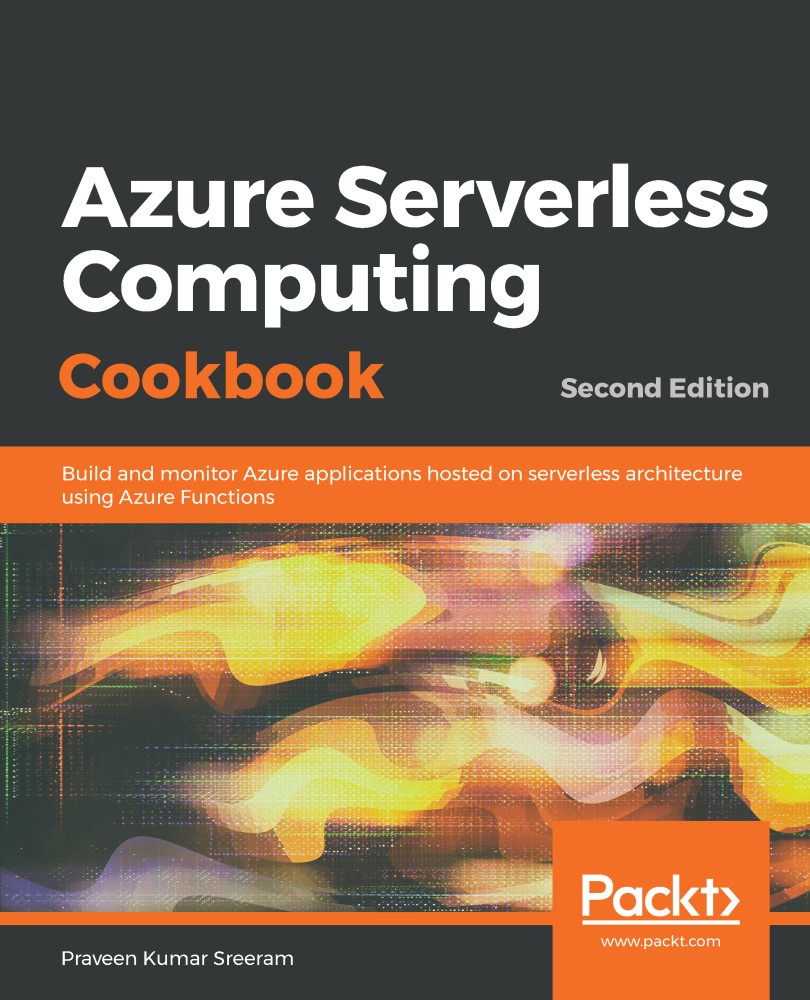In this chapter, we will develop a mini-project by taking a very common use case that solves the business problem of sharing data across different applications using Excel. We will use Durable Functions, which is an extension to Azure Functions that lets you write workflows by writing the minimum lines of code.
Here are the two core features of Durable Functions that we will be using in the recipes of this chapter:
- Orchestrator: Orchestrator is a function that is responsible for managing all activity triggers. It can be treated as a workflow manager that has multiple steps. Orchestrator is responsible for initiating the activity trigger, passing inputs to the activity trigger, getting the output, maintaining the state, and then passing the output of one activity trigger to another if required.
- Activity trigger: Each activity trigger can be treated as a workflow step...


